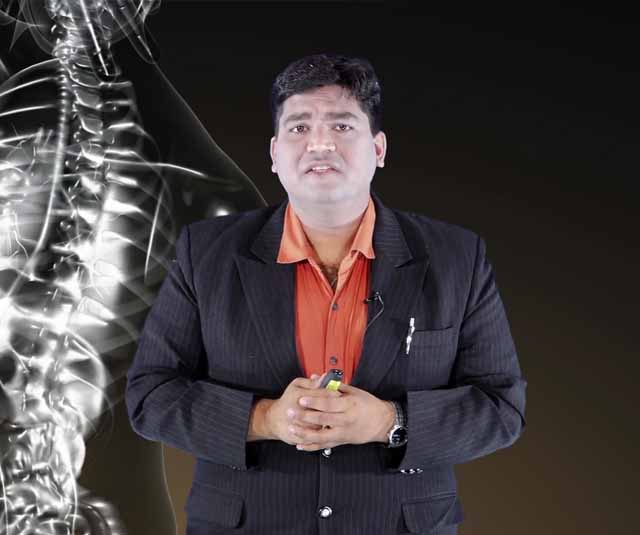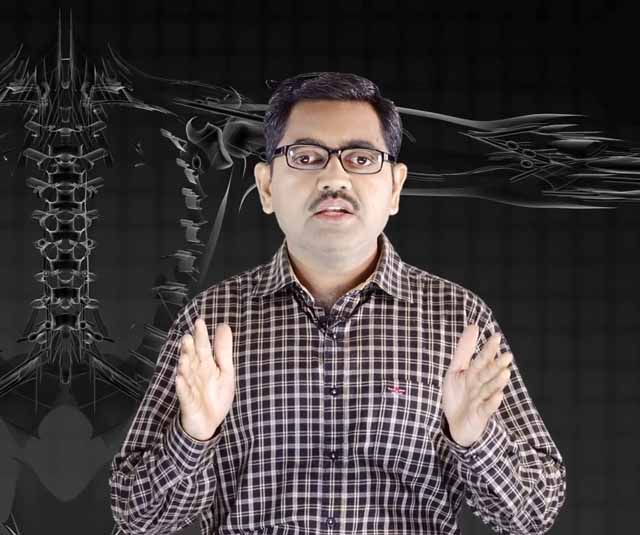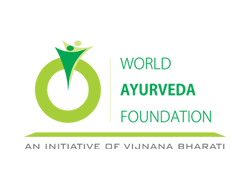

Karma is one among six padarthas. It is the ability to execute action. It includes the desire to do action, the effort, and practical way of execution. Every karma is independent of itself. It does not entirely depend on any guna or other karma. There is only correlation between them. That is why some times unexpected karmas happen irrespective of guna or other actions of that object. But karma is inseparably dependant on dravyas, means it is object specific. As per tarka samgraha, karma is loukika and adhyatmika. Loukika can be utkshepana (active action against the direction of force), Apakshepana (passive action towards the direction of force), aakunjana( centrifugal), prasarana( centripetal) gamana(all other forces in different directions). Ayurveda classifies it in different headings like shodhana, shaman, Upakramas etc.

| # | Icon | Title | File |
|---|---|---|---|
| 1 |

|
karma | Download |
Ans : Karma is One of the six
categories/padartha
‘क्रि’ in the meaning of ‘विक्षेप’ i.e. throwing + ‘मनिन्’ suffix
प्रवृत्तिस्तु खलु चेष्टा कार्यार्था,
सैव क्रिया, कर्म, यत्नः, कार्य समारंभश्च .
Ans : Karma- One of the six categories/padartha ‘क्रि’ in the meaning of ‘विक्षेप’ i.e. throwing + ‘मनिन्’ suffix प्रवृत्तिस्तु खलु चेष्टा कार्यार्था, सैव क्रिया, कर्म, यत्नः, कार्य समारंभश्च.

By Anup Bhosgikar
By Anup Bhosgikar

By Avula srinivas

By Dr.Pritesh Shukla

By Dr.Pritesh Shukla

By Dr. Nitesh gupta
By Anup Bhosgikar

By Anup Bhosgikar

By Dr.Nilesh Kasar

By Dr. Nitesh gupta

By Dr. Sarita Bhutada
By Anup Bhosgikar

By Anup Bhosgikar

By Dr.Nilesh Kasar

By Dr. Nitesh gupta

By Dr. Sarita Bhutada



FAQ